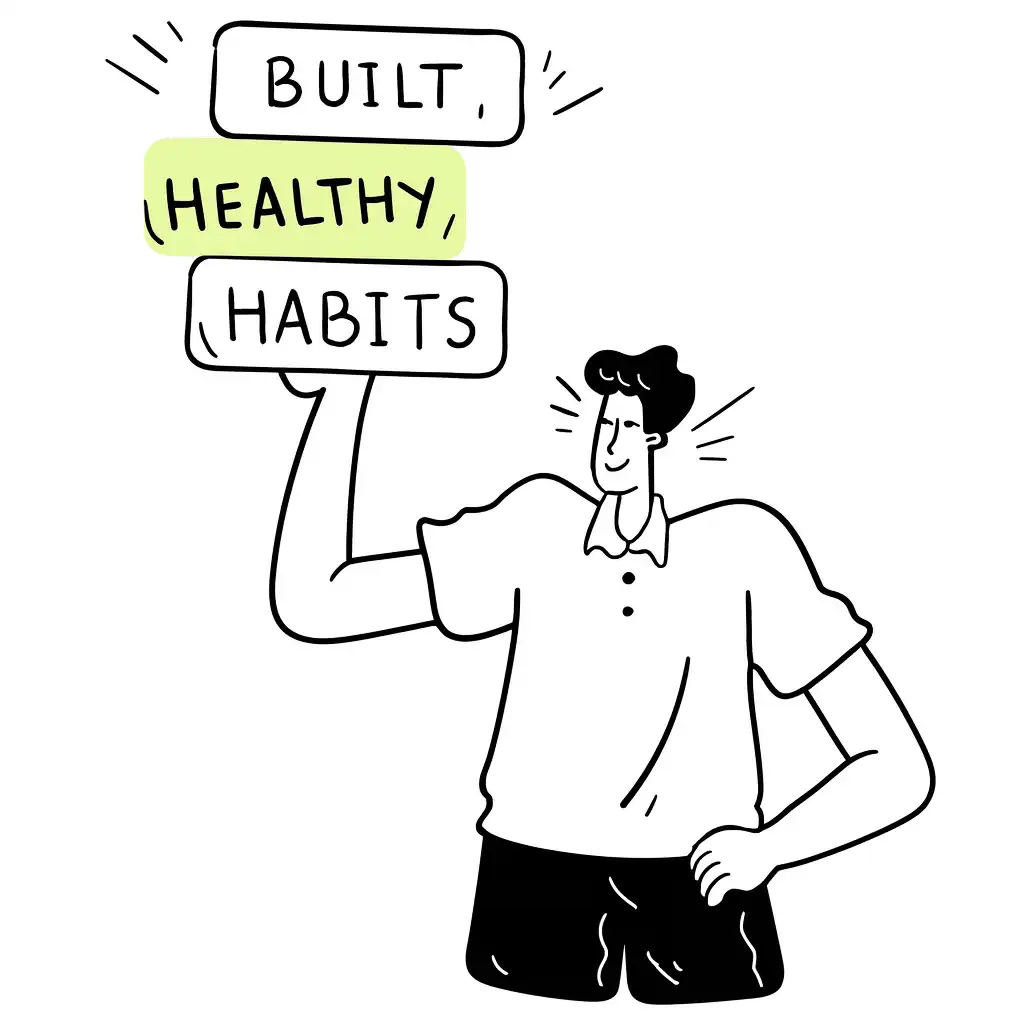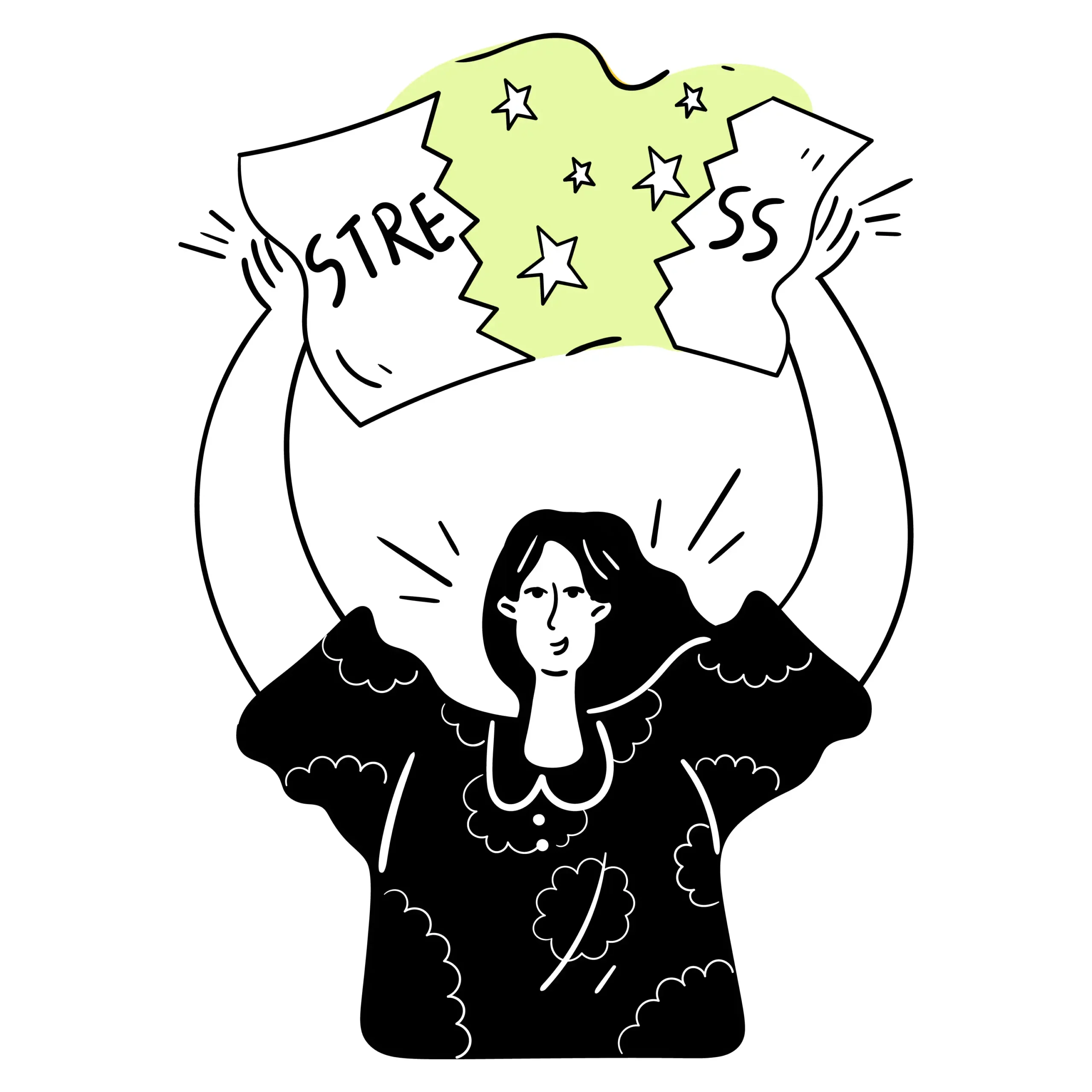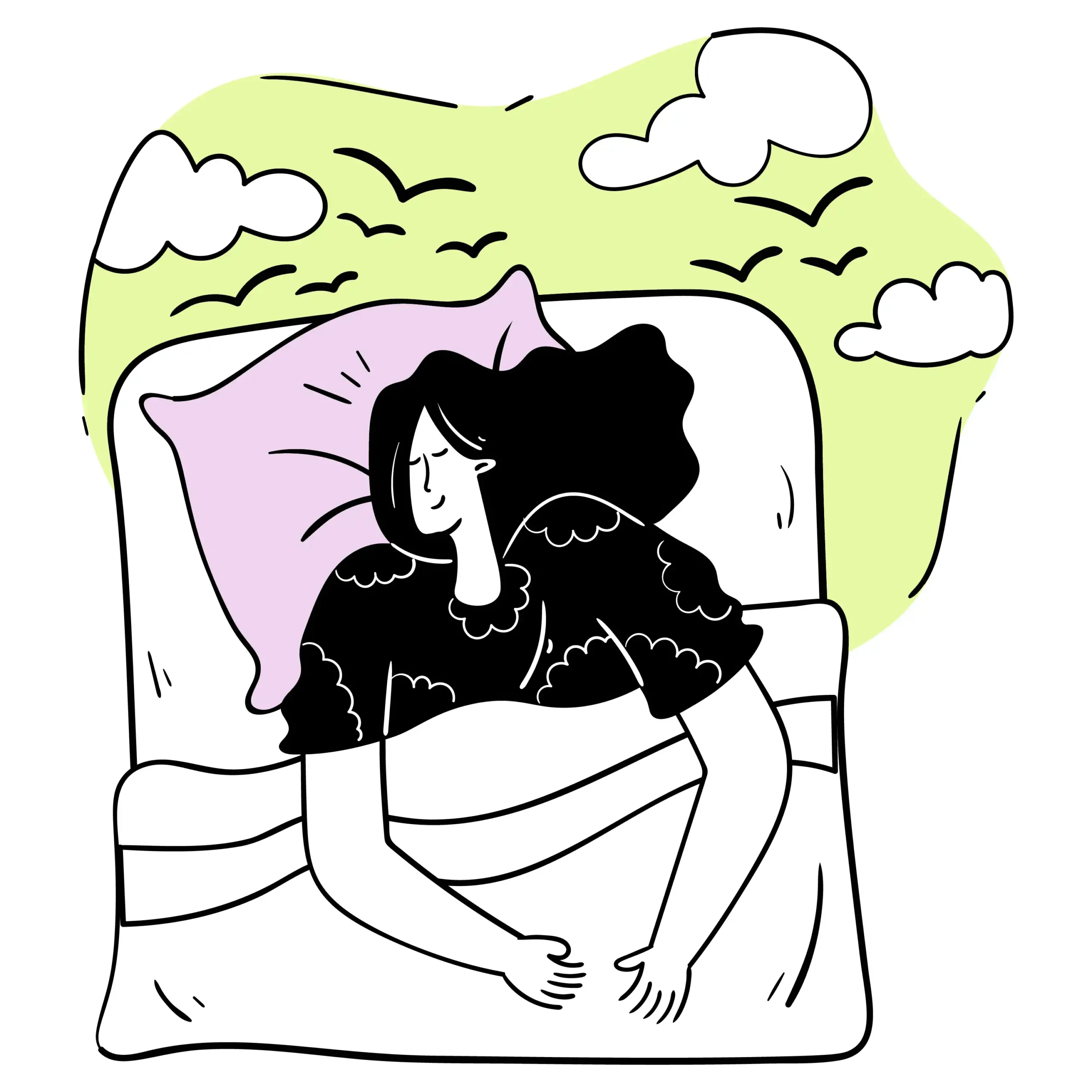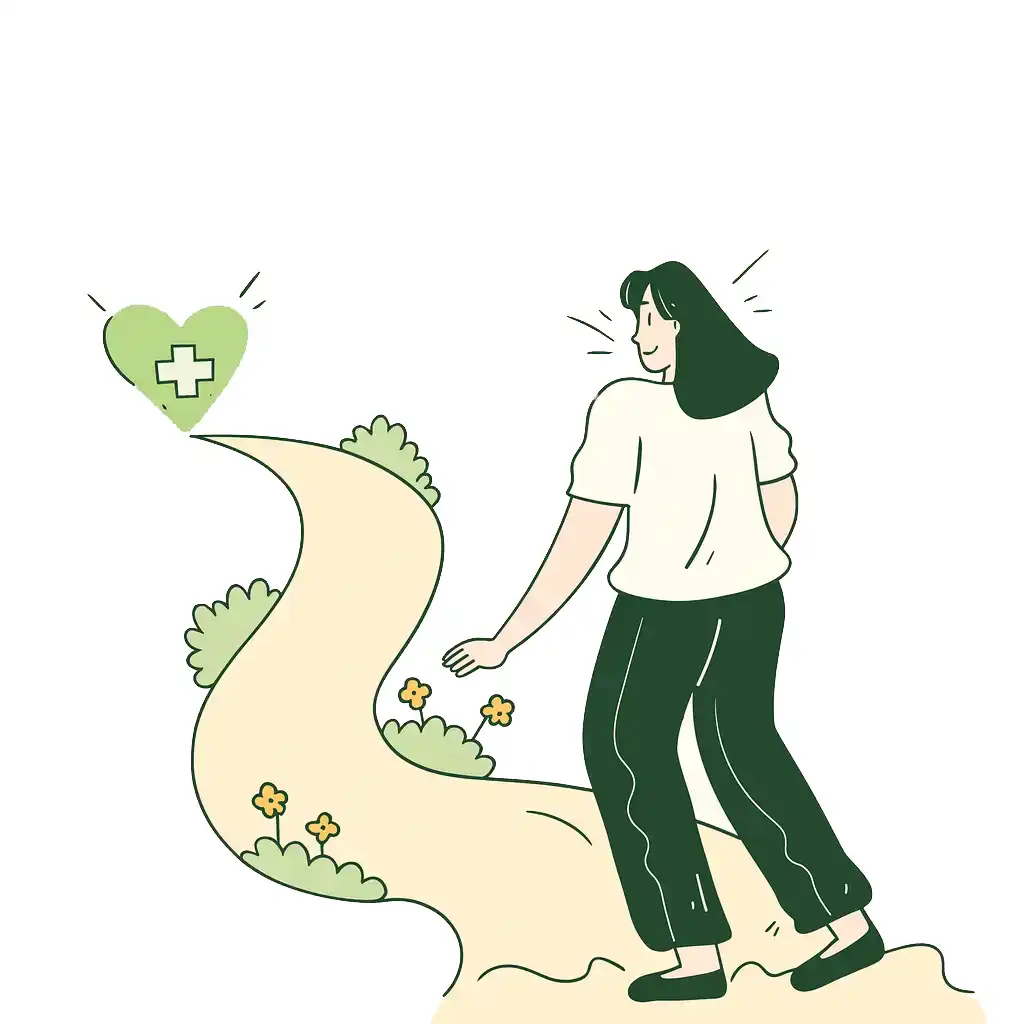The Stabilisation Phase of Therapy: Why It Matters
Written by Natalee Zolotas, Practice Manager
When you first start therapy, it’s natural to want answers straight away. Many people come in hoping to “get to the root” of their difficulties or process painful memories immediately. But before any deep work begins, there’s an important first step called the stabilisation phase.
This stage is about helping you feel safe, steady, and prepared. Think of it like laying the foundations of a house, you wouldn’t start building walls or decorating until the base is solid. In the same way, stabilisation ensures you have the tools and resources you need to make therapy effective and lasting.

What is the Stabilisation Phase?
The stabilisation phase is the initial stage of treatment and usually takes around two to four sessions, though the exact length depends on your stress levels, current challenges, and overall wellbeing and functioning.
Some key benefits:
- Enhancing psychological safety so you feel grounded in sessions
- Reducing overwhelm by breaking down distress into manageable parts
- Developing coping strategies for emotions, thoughts, and behaviours
- Understanding your symptoms and learning why they happen
- Improving daily functioning such as sleep, eating well, and re-establishing healthy routines

What Can You Expect to Learn?
In the stabilisation phase, you’ll gain practical skills you can use both inside and outside of therapy. These may include grounding techniques, breathing strategies, and tools for calming your body during moments of distress. You’ll also explore healthier routines, like improving sleep or balancing daily activities, and begin to notice unhelpful thought patterns that may be affecting your mood.
Just as important, you’ll start to reflect on your emotions rather than reacting automatically to them. This gives you a sense of agency and helps you build insight. For many people, even these early changes bring relief and confidence.

How Do You Know When You’re Ready for Deeper Work?
Why Group Therapy is a Great Fit for Stabilisation
We know many clients prefer individual therapy, and that’s understandable. However, our Mood and Anxiety Group Program, is designed to give you everything you would receive in individual sessions at this stage, and it’s fully bulk billed.

Doing stabilisation in a group has two big advantages:
- Therapeutic benefit – You’ll learn the same strategies, with the added support of being alongside others who are going through similar experiences. Many people find this reduces feelings of isolation.
- Financial benefit – If you complete stabilisation individually, it can take up to four of your ten Medicare sessions, leaving fewer available for deeper work. By completing stabilisation in the Mood and Anxiety Group Program, you keep all ten sessions for individual therapy, where the focus shifts to processing trauma, restructuring thinking patterns, and addressing long-standing difficulties.
In other words, the Mood and Anxiety Group Program gives you the foundation for free, so you can use your Medicare sessions for the deeper work that really matters to you.
A Final Word
The stabilisation phase is not “basic” or “less important” work, it is the essential foundation of therapy. Without it, the deeper stages of treatment can feel overwhelming and even unsafe. By completing this phase in our Mood and Anxiety Group Program, you’ll give yourself the strongest possible start: you’ll feel more steady, more prepared, and more confident in your ability to face what comes next.
If you’re beginning therapy or have been referred to our service, ask us about the Mood and Anxiety Group Program. It’s free, supportive, and designed to help you build a solid foundation for lasting change.




